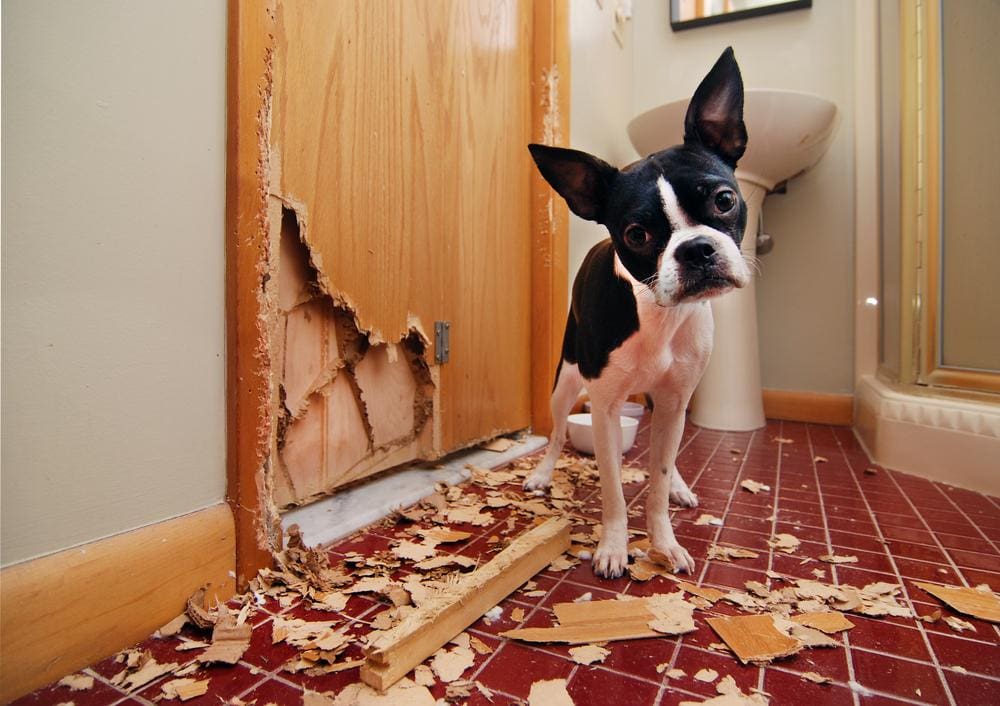Understanding Separation Anxiety
You need to understand Separation Anxiety in order to help overcome or prevent it. Separation Anxiety in a dog happens when a puppy or dog becomes emotionally distressed or develops behavior problems when it comes time for their owner to leave. The most important key to successful separation anxiety prevention is to set your dog up for complete success.
Knowing the signs of Separation Anxiety
Knowing the Signs of Separation Anxiety can be a key in helping your furry-friend overcome it. Some signs your dog might show are:
- Urinating
- Defecation
- Persistent barking or howling
- Chewing on furniture
- Digging or even trying to escape the house.
So, does your dog suffer from separation anxiety?
At times it can be tough to distinguish the difference between puppy behaviors and signs of distress. You may also seek a Veterinarian’s help for diagnosing Separation Anxiety if you are uncertain.
Tips to help ease or prevent Separation Anxiety
Preparing a quiet place where your dog feels safe and secure such as a laundry room, playpen, doggy crate, Etc. can help with anxiety. Try to put your dog in that safe place a couple of times a day when you aren’t going to leave so they associate their safe place for when you are home as well. You can even stay in the room with them. If he/she starts to fuss, ignore them. When they become quiet and settle down, go to them calmly for a few minutes and then step out of the room. Do this a few times a day for about an hour or so at a time.
Your final goal is to get your dog comfortable with you being away from them for a short amount of time. You can even go as far as giving your dog a treat or favorite toy before leaving to help distract them from the initial leaving. Gradually you will soon be able to be gone for 4-5 hours with no problem. When you arrive home don’t make a big deal out of arriving home or even departing. You don’t want to greet your dog for at least 5-10 minutes after coming home. Gently walk past them as if they were a ghost.
Overview of dogs with Separation Anxiety
Know that your dog’s behavior isn’t intentional and that punishing them is ineffective and will only make the Anxiety and behavior worse.
So, make sure you understand Separation Anxiety and recognize the behavioral symptoms your dog may show if suffering from Separation Anxiety. Learn how to help ease or prevent their Anxiety. Remember, assess your dog’s behavior to see if it might have a cause other than separation anxiety. We recommend asking your Veterinarian for more information when needed.
This article was written by Ashely Foglesong and Teresa Campbell, professional breeders.
Follow us on Facebook to learn more!
